Q : When Bencoolen founded by British?
A : British Bencoolen (founded in 1685)
British Bencoolen (founded in 1685) in South West Sumatra was a British penal settlement. Indian convicts were transported there various petty crimes.The Anglo-Dutch Treaty 1824 created two spheres of influence in the East Indies-British and Dutch. British Bencoolen was exchanged for Dutch Malacca so that Penang, Malacca and Singapore came under British influence in the Malay Peninsula.
When Bencoolen was vacated, the British transferred the Indian convicts to Singapore in 1826. The convicts first occupied the Temenggong's Village (vacated by the Temenggong who moved out to Telok Blangah) near the Singapore River. Later they moved to permanent buildings erected for them between Bras Basah Road and Stamford Road.
At one time they were about 2,000 convicts. They were deployed as labourers for the Public Works Department and were generally well-behaved and hard-working; they were supervised by their own fellow convicts. They contributed much towards the early development of Settlement: they build some of the most beautiful building existing today - the Istana and St Andrew's Cathedral; they build our early roads and filed up swamps to create Commercial Square (Raffles Place), Thomson Road and Bukit Timah. They were stone cutters for the Horsburgh Lighthouse and labourers for construction of early Singapore defence works.
The name 'Klings' was given to Indians. One theory is that the chains of the Indian convict clanged and the word 'Klings' was derived from the sound. Actually the word 'Kling' referred to Kalinga a place in India. The word 'Kling' was used more than 300 years before the founding of Singapore. The Tamils were referred to as Klings in Portuguese Malacca (1511-1641) and Kampong Kling was already a distinct settlement in Portuguese Malacca and Ducth Malacca (1641-1824).
The Indian Mutiny of 1857 spread baseless fear in Singapore. In 1867 when the Straits Settlements were transferred from the control of the India Office to that of the Colonial Office the Convicts were transferred to the Andaman and Nicobar Island in the Indian Oceans. Indian convict labour contributed much to the very early development of Singapore.
Source:
http://www.streetdirectory.com/travel_guide/singapore/facts_old_singapore/326/indian_oldconvict_settlement_in_singapore.php
Labels: British Empire







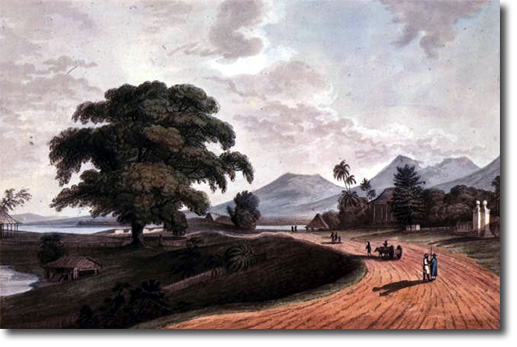
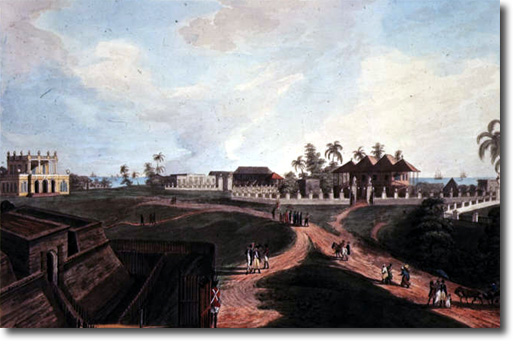
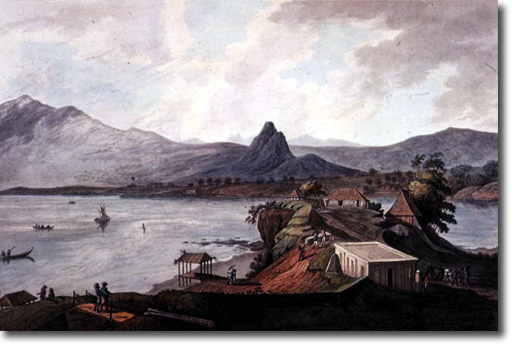
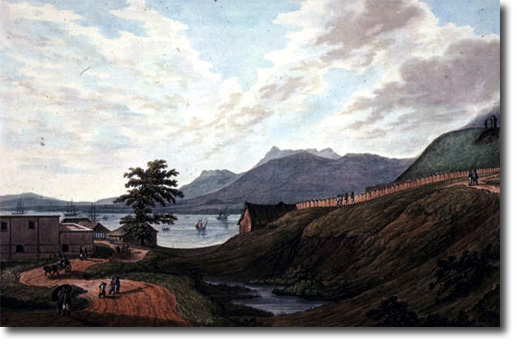
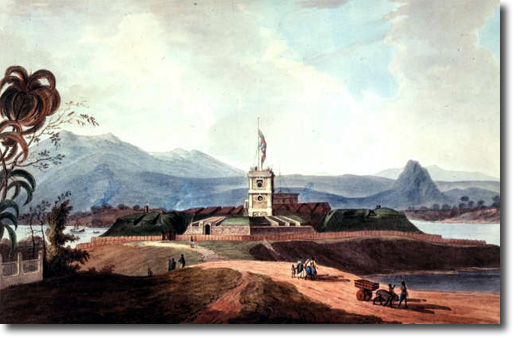
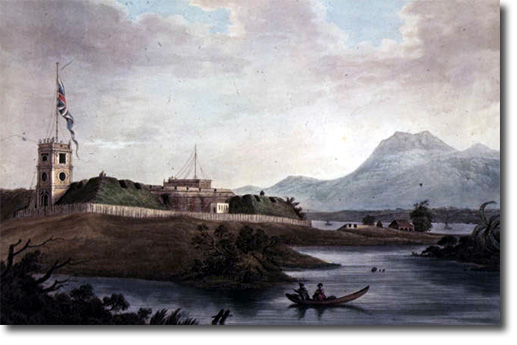
0 comments:
Post a Comment